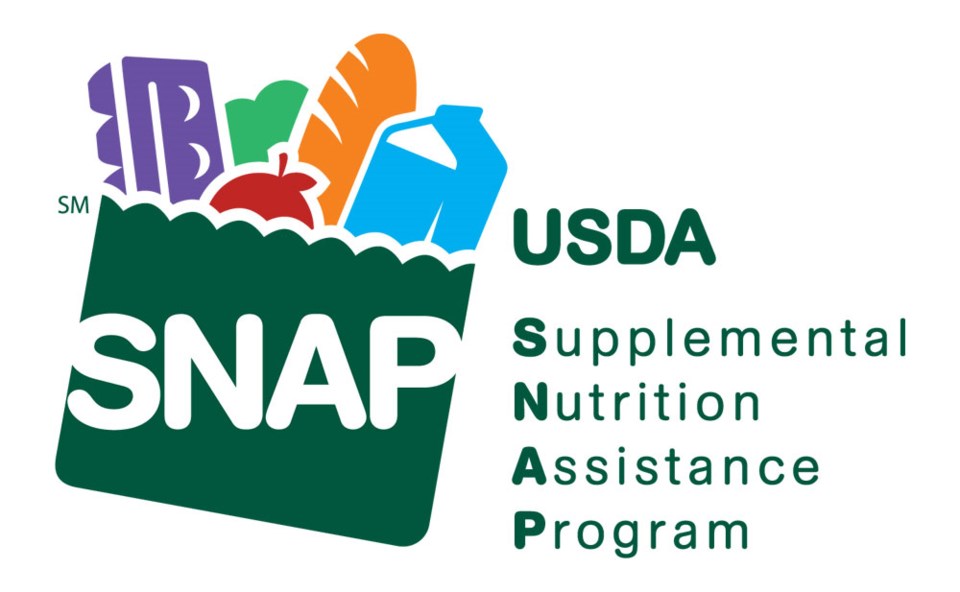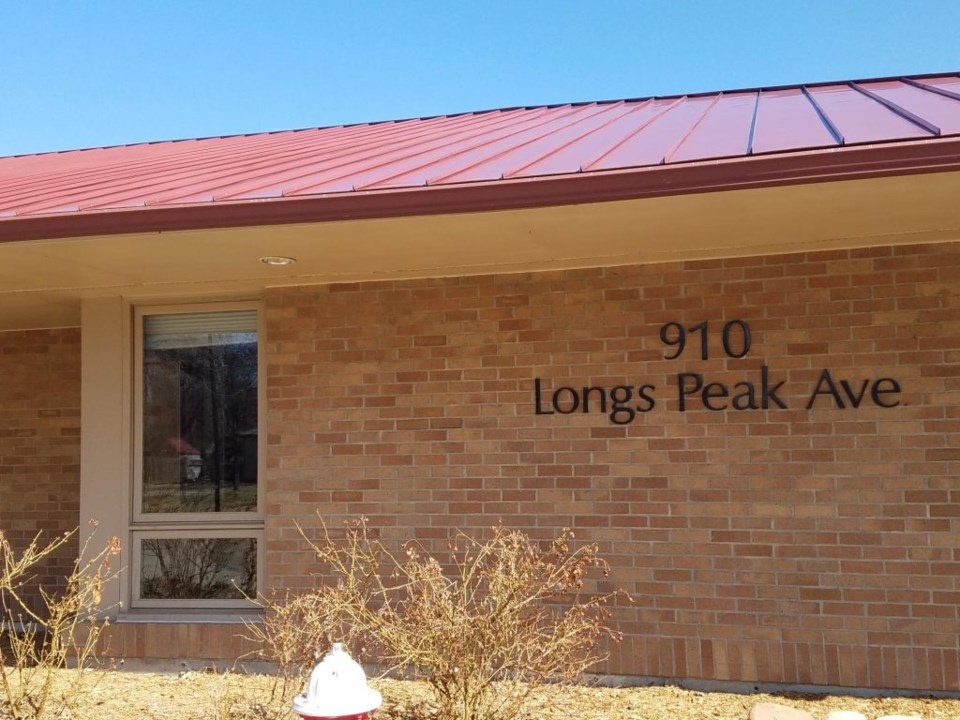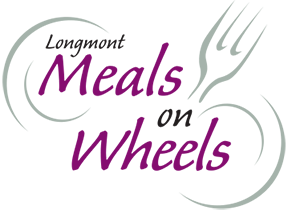This content was originally published by the Longmont Observer and is licensed under a Creative Commons license.
Passage of the 2018 Farm Bill did not include proposed changes to the SNAP program, however, on February 12 of this year, the Trump Administration introduced its 2019 budget proposals, with

The Supplemental Nutrition Assistance Program (SNAP), formerly known as the Food Stamp Program, provides food-purchasing assistance for low- and no-income people living in the United States.

Instead of the paper coupons issued when the original program was set up during the Johnson administration in 1964, recipients receive an Electronic
It has been estimated that each $1.00 in SNAP benefits generates over $1.50 in economic activity. Although this is a federal program, it is administered by individual states within certain federal guidelines.
Over 42 million Americans and 450,000 Coloradans benefit from SNAP. While most of the 21 million US SNAP households are families with children, around 22% are households with at least one person over 60 years old or 4.8 million seniors across the nation. In Colorado, there are over 45,000 seniors receiving SNAP benefits, most of whom live alone.
Food insecurity is the term used to describe households having difficulty affording nutritious, adequate food. Research indicates that food-insecure seniors have less nutritious diets, have worse health outcomes, and are at higher risk for depression than food-secure seniors. Compared to other adult age groups,
The administration’s 2019 budget proposes to cut SNAP by more than $213 billion over the next ten years (approximately 30%), including $17.2 billion in 2019. This is to be achieved mainly by reorganizing how benefits are delivered, discontinuing eligibility for at least 4 million people and reducing benefits for many others. Beginning in 2021 the definition of “elderly” will change from 60 to 63 years old, thereby reducing the number of seniors who could be eligible for benefits.
The main budget savings would come from holding back nearly 40% of the current SNAP payments and instead supplying each eligible household with a box of non-perishable foods (pasta, canned goods, beans, peanut butter
The mechanics of this government program have not been announced
According to the USDA, "states will be given substantial flexibility to distribute these food benefits to participants. States can distribute these boxes through existing infrastructure, partnerships, and/or directly to residences through commercial and/or retail delivery services."
Recipients would have no say in the content of the food boxes, which would be designed to fit the size of each household. They have been perhaps euphemistically styled America's Harvest Box.
How will these changes affect seniors on a day to day basis?
Many are on a fixed low-income budget, with perhaps only their monthly Social Security payment, so the $18-$190 that they get from SNAP makes a big difference in how they budget their funds. The national estimated SNAP benefit per person per meal is just $1.39. Any food assistance received helps low-income seniors balance paying for food with paying for prescriptions, other medical care, or even rent. Also, many seniors have health conditions that require special diets, and the reduction in "cash" food assistance through SNAP could mean difficulty in paying for those foods.

Amy Payon, a resource specialist at the Longmont Senior Center, reported that none of her SNAP clients are aware of these proposed changes to their food assistance. If the cuts are approved by Congress, she believes that "there will be more dependency on community food programs like the OUR Center, Eldershare, Meals on Wheels and the Children Youth and Family lunch program. It could mean that low-income seniors may have to make even tougher decisions about how to spend their limited income."
The Boulder County Area Agency on Aging provides services and support for seniors in the county and conducts regular outreach events for seniors to inform them of assistance programs to which they may be entitled.
The Agency's Healthy Aging Program Manager, Teresa di Anni, believes that the approximately 6,000 Boulder County seniors currently receiving SNAP benefits are only a portion of those who are eligible.
In addition to the paperwork involved in applying for SNAP, there is often still a sense of stigma attached to applying for and using benefits, and the thought that claimants are taking money away from someone who "really needs it". The proposed cuts in SNAP benefits could make applying for benefits even less attractive, even though a monthly benefit of even $20 can go a long way, particularly when combined with the Double Up program.
This is a dollar for dollar matching program accepted at some grocery stores and farmers markets when purchasing Colorado grown fruits and vegetables. Di Anni also pointed out that when seniors are calculating their net income for eligibility purposes, they can include certain out of pocket medical expenses, including the cost of transportation to the hospital or doctor appointments.

The primary focus of the Longmont Meals on Wheels program, which receives no state or federal funding, is to provide hot, nutritious meals and a daily check to older adults and people with disabilities that reside in Longmont and Niwot.
The organization provides hot meals for housebound seniors and, according to Katie Wiser, development and communications manager, the number of seniors served daily has increased dramatically over the past year to nearly 500. They expect this number to increase if SNAP benefits are reduced, putting an additional strain on their
The Baby Boomer generation is aging, and it is estimated that 20% of the US population will be over 65 years old in 2030, with a likely corresponding need for food assistance. This change in demographics, plus talk of an economic slowdown or even another recession, will make the need for our elders to have a healthy and nutritious diet a more pressing topic.
Preventing diet-related medical conditions such as diabetes, cardiovascular disease
These changes will bring about reliance on local community nonprofit organizations, who already suffer from a lack of funding and volunteer support. Links are provided above should you have any interest in supporting these organizations and assisting our most vulnerable citizens.

.jpg;w=120;h=80;mode=crop)
